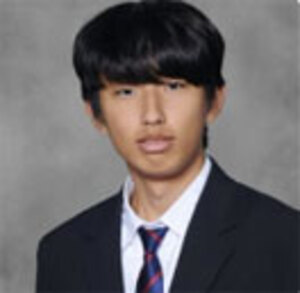![[A picture of a stethoscope. Photo credit: Pexels]](https://cdn.heraldinsight.co.kr/news/photo/202403/3936_7783_3254.jpg)
On February 6th, the South Korean government made a significant announcement about the increase in the number of students in medical schools.
The Korean Ministry of Health and Welfare presented plans to boost enrollment by 2,000 students, aiming to raise the total personnel of medical schools from 3058 to 5058.
The government claimed that the move aligns with trends in other OECD nations, citing a lower doctor-to-population ratio of 2.6 doctors for every 1000 people, the second lowest among OECD nations.
They argued that almost 80% of citizens support the increase and emphasized over 130 communications with experts and universities.
However, the government’s attempt to propel the increase in medical students confronted extremely strong repulsions from the medical community.
Mr. An Deok Sun, Director of the Medical Policy Research Institute at the Korean Medical Association, represented doctors in a heated debate with Mr. Kim Ju Heon, Health and Medical Policy Director at the Ministry of Health and Welfare, broadcasted by JTBC.
An argued that the demand for doctors is already met, and an increase could lead to a surge in health insurance costs, disrupting the medical system.
Concerns were also raised about the potential for educational chaos due to the sudden increase in students, as there is not enough educational infrastructure to handle the increased number.
In response to the government’s proposal, doctors, led by the Korean Medical Association, initiated strikes on February 20th, which caused a huge magnitude of medical gap.
Complaints surfaced about the dangerous situation of patients who were unable to access their doctors.
The government is also exerting pressure on the doctors by criticizing them, claiming that they are attempting to take advantage of the patient's safety as collateral.
However, the Korean Medical Association has been continuing the protests, even though they have been denounced by many citizens who claim they are gambling with patients’ lives.
Not only is the phenomenon of education fever gravitating toward medical schools, but the conflicts between medical workers and the government are causing confusion and issues in the medical field.
Public opinion remains divided into each side in this conflict, but the important thing is that there should not be victims of the medical gap.
Currently, it seems that the dissension between the government and the medical field is not going to be mitigated soon.
Experts and the public anticipate a transformative impact on the medical field and doctors' perception, although this conflict's ultimate outcome remains uncertain.

Dooyoung Nam
Grade 10
Salisbury school

